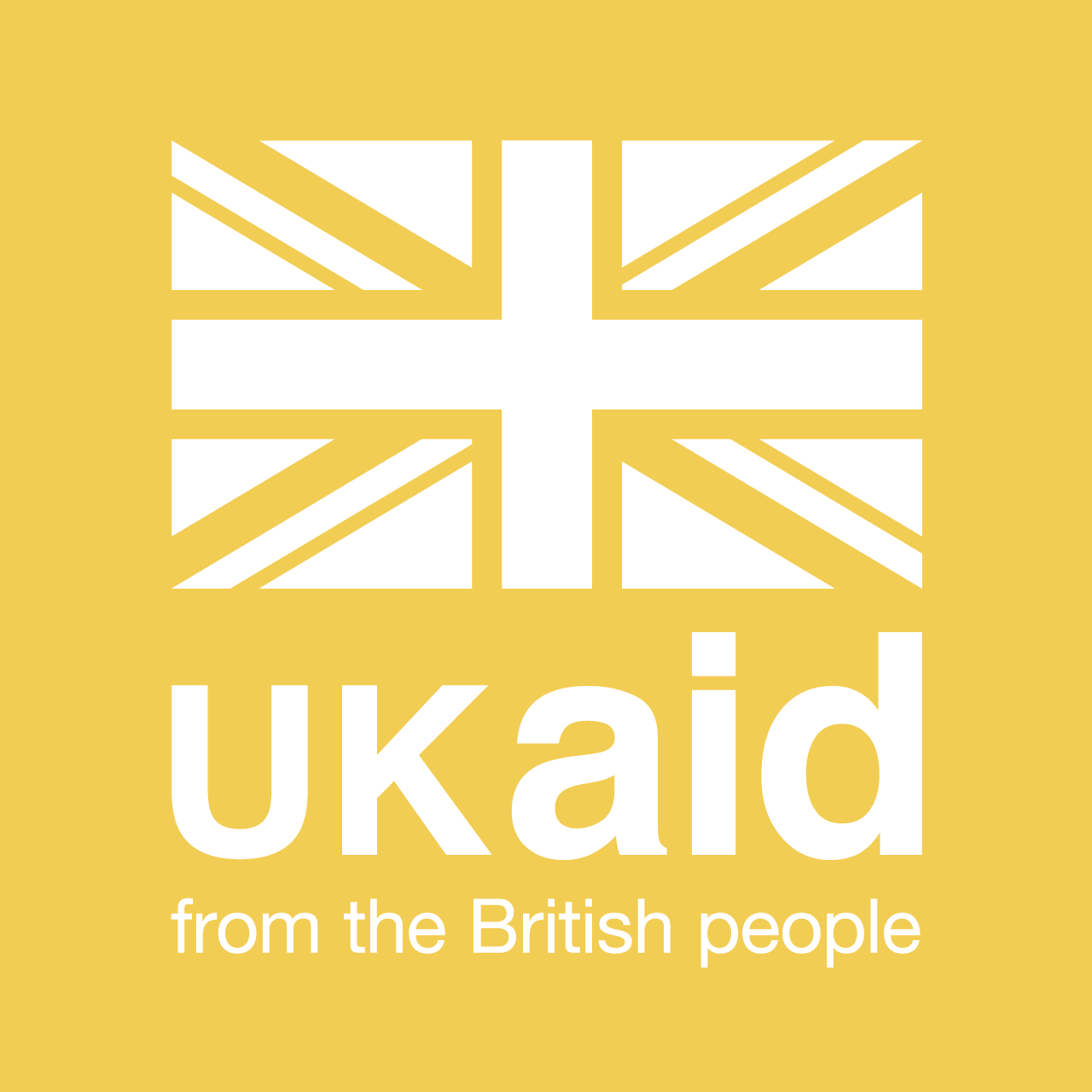Designing for Resilience
Building humanitarian services that thrive and adapt
Humanity is on the move like never before. More than 68 million people on this planet have been forcibly displaced from their homes—many of whom are facing decades of displacement or a permanent move to a community thousands of miles from home.
In this version of our world—with ever increasing need and more protracted conflicts—we need to think differently about humanitarian aid. Beyond providing temporary respite to refugees and asylum seekers around the world, we must invest in cultivating resilient communities in which people can rebuild their lives.
But, how do you design for resilience? It starts with understanding what resilience means. Defined as the capacity to adapt and thrive in uncertain conditions, it would be hard to choose a phrase that better captures both the greatest aspirations of humanitarian work (helping people thrive) and the greatest barriers to its success (ever-evolving conditions).
Designing resilient solutions to meet the needs of 68 million people is no easy feat, so where do we start? At last month’s Design for Humanity Summit, we explored three critical focus areas:

Cultivating empathetic, inclusive host communities
A few years ago, I met a woman at a South Sudanese refugee camp who said something I’ll never forget. Our interview was over and we were casually chatting. Talking about life in the camp, she gestured at rows of temporary homes behind her and said, “Living next to someone doesn’t make you neighbors.” Her point was simple: close physical proximity to someone else (even someone of the same nationality) doesn’t make a community. Trust, shared stories, common interests...these are the markers of community. You don’t have to look far in today’s news cycle to see how a lack of community creates a vacuum that can perpetuate harmful narratives about refugees in the communities that host them.
Turning strangers into neighbors requires us to design services and experiences that encourage people to share their stories and build social cohesion. Resilient communities—bonded together by relationships and mutual understanding—are better homes for all of us, not just those who’ve been displaced.

Equipping individuals with the tools needed to rebuild a life
Being displaced isn’t just about losing a home. It’s about stepping away from everything you know—your community, your status, and in most cases, your livelihood. In refugee settlements around the world (and resettlement centers here in the U.S.), I’ve met doctors, professors, farmers, and teachers who were forced to leave their profession behind when they left home. In order to truly start rebuilding one’s life, a path to productive employment is critical. And it’s not just about starting a bank account—setting financial goals and having income to put towards them means building a future.
In Arizona, we worked with the IRC to help refugees start this journey by designing a financial coaching program. In Zaatari and Azraq refugee camps in Jordan, where formal employment is scarce, we worked with UNICEF to build out a social entrepreneurship curriculum that teaches young men and women—many of whom have spent their entire adolescence in the camp—portable business skills they can use in their current reality and wherever they land in the future. These tangible skills and experience form a critical foundation upon which refugees can build the life they want for themselves.

Evolving humanitarian services to be more responsive to people’s needs
There’s a lot of buzz in the world of humanitarian aid about the potential for technology to make the sector’s operations more efficient. At IDEO.org, we’re even more interested in how technology can be leveraged to make services more intelligent and empathetic. How can we capitalize on the reach, relative ubiquity, and increasing capabilities of technology to create services that are themselves resilient—responsive to people’s evolving needs in changing conditions? As our partners at the American Refugee Committee have seen through their implementation of Kuja Kuja—the world’s first real-time customer feedback platform for refugee environments—it’s possible to improve customer satisfaction as much as 20% in a few months, just by asking people for feedback and making adjustments accordingly. And the value of this platform goes far beyond its immediate effects—because it aggregates people’s perspectives and requests in real-time, it creates a resilient system of refugee support that has the capacity to change and evolve along with the needs of the people ARC serves.
As we celebrate the 15th annual World Humanitarian Day this Sunday, it’s a natural time to ask what kind of world we want to create in the next 15 years, and how we’ll get there. Every day, refugees and asylum seekers around the world brave harrowing challenges and long journeys to build a better life for themselves and their families. They exemplify the resilience of the human spirit. As designers and humanitarians, how might design services, experiences, and communities worthy of their stories?

